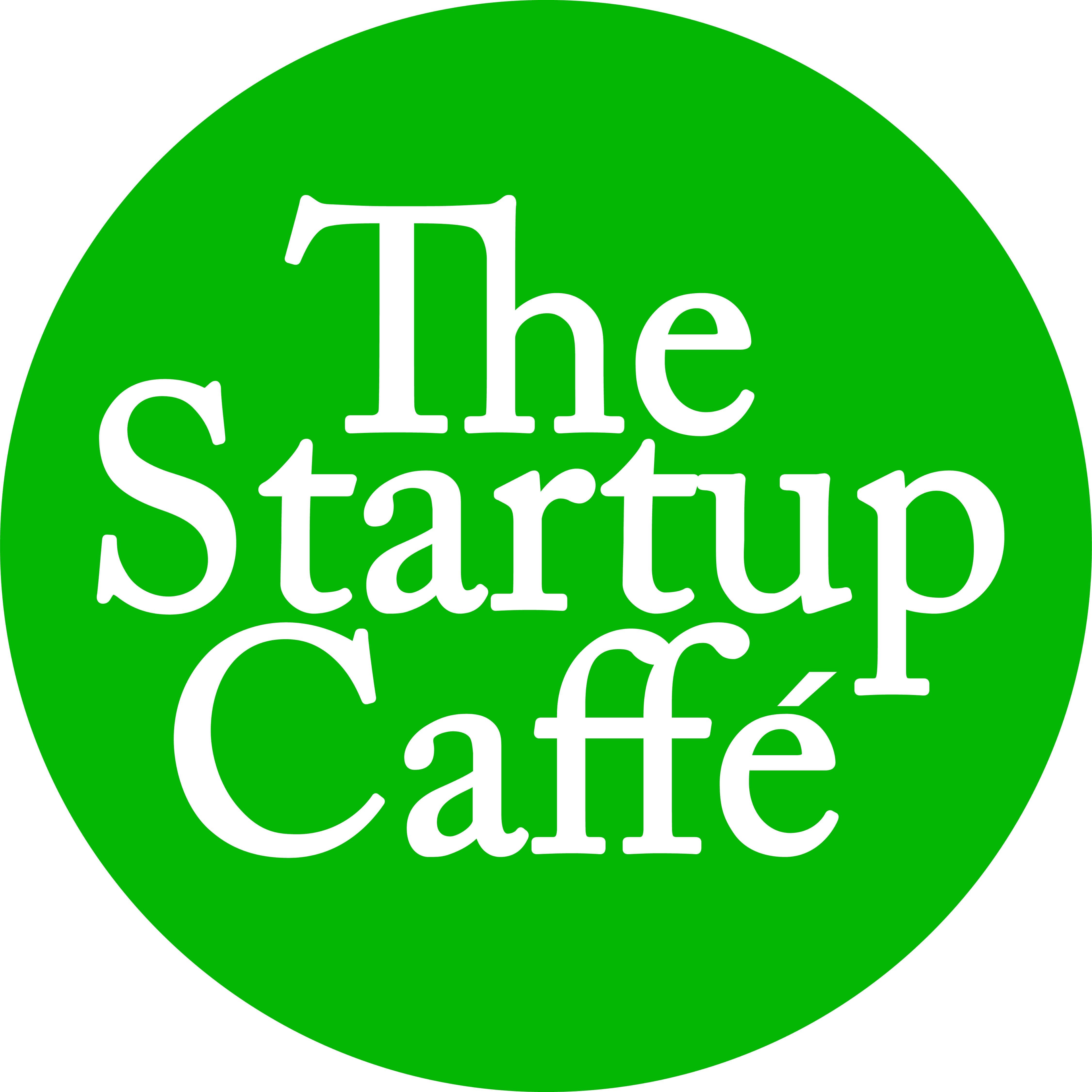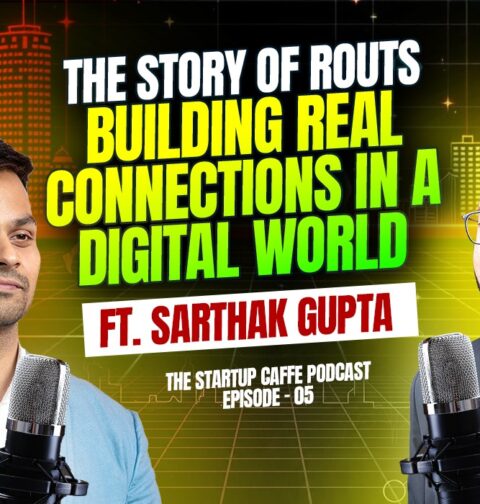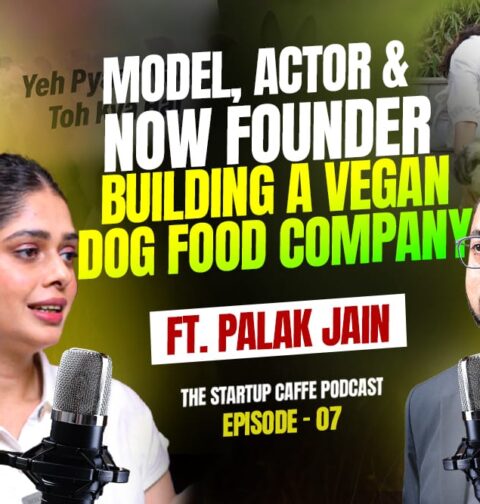Thestartupcaffe – PR, Social Media & Podcast Platform for Startups
Swiggy’s Q4 FY25 Results: Growth On Fire, But At What Cost?

Swiggy, a leading player in India’s food delivery and quick commerce sectors, reported significant financial developments in the fourth quarter of fiscal year 2025. The company achieved a 45% year-on-year increase in operating revenue, reaching ₹4,410 crore. However, this growth was accompanied by a substantial rise in losses, which surged by 95% to ₹1,081 crore during the same period.
Instamart’s Meteoric Rise: A Quick Commerce Power Play
The brightest spark in Swiggy’s portfolio is undoubtedly Instamart. The quick commerce vertical, operating in the fiercely competitive 10-minute delivery race, grew 115% in revenue to ₹689 crore. Swiggy’s aggressive push, expanding dark stores, improving last-mile delivery, and ramping up SKUs is working. Instamart is not just keeping up with rivals like Blinkit and Zepto; it’s building defensible scale.
Scootsy & Logistics: The Silent Revenue Engine
Another underappreciated growth lever is Scootsy, Swiggy’s logistics and third-party delivery arm. It contributed ₹2,004 crore this quarter, accounting for 45% of total revenue. That’s a 58% increase year-on-year, underscoring the strategic value of Swiggy’s logistics infra, not just for internal use but as a revenue-generating B2B service.
Food Delivery: Still a Core Pillar, But Margins Are Tight
Swiggy’s traditional food delivery segment posted ₹1,629 crore in revenue, growing 18% from last year. While it remains the brand’s cornerstone, margin pressures are mounting due to rising customer acquisition costs, competitive discounts, and lower average order values outside metros. The growth is steady, but not spectacular, suggesting maturity in the food delivery market.
Burning Cash to Build Moats: Cost Structure Breakdown
Expenses ballooned to ₹5,609 crore in Q4, a 53% rise from the previous year. Major contributors include procurement of FMCG goods (₹1,854 crore), logistics costs (₹1,161 crore), advertising spends (₹978 crore), and employee benefits (₹695 crore). These numbers show Swiggy is still in investment mode pumping capital into category creation, brand recall, and customer loyalty.
The company’s annual loss now stands at ₹3,117 crore for FY25, compared to ₹2,350 crore in FY24, that’s a 33% jump.
What This Means for Swiggy & the Indian Startup Ecosystem
Swiggy’s performance offers a classic case study in startup economics: high growth, high burn. The sharp rise in Instamart’s numbers signals that Indian consumers are warming up to quick commerce at scale. But sustaining this without bleeding capital will require a sharper focus on unit economics, better retention metrics, and differentiated customer experience.
From a macro lens, Swiggy’s results reflect a maturing foodtech and Q-commerce market in India. Investors are likely watching closely — evaluating whether growth is being bought or built.
What’s upcoming for Swiggy
Swiggy’s financial disclosures and operational reshuffles over the past year have hinted at IPO aspirations. However, with losses mounting and profitability still distant, the public market clock may slow down. The path to listing will require a recalibration of cost structures and a pivot toward sustainable margins, especially in its cash-guzzling Instamart vertical.
Swiggy is sprinting, not strolling. But every sprint burns fuel. As FY26 begins, the company must balance its growth aggression with fiscal prudence. If it can tame the burn while riding the Instamart wave and monetizing Scootsy smartly, Swiggy could become one of India’s most formidable tech IPO stories in the years
Stay Connected With Startup Caffe
Startup Caffe is your daily dose of insights from India’s rapidly growing startup ecosystem. From funding rounds to founder stories, product innovations to market pivots, we decode what’s next in the world of entrepreneurship. Our expert-led content is crafted to keep founders, investors, and tech enthusiasts ahead of the curve.
Follow us for smart takes, sharp commentary, and data-driven storytelling from the heart of India’s startup universe.






